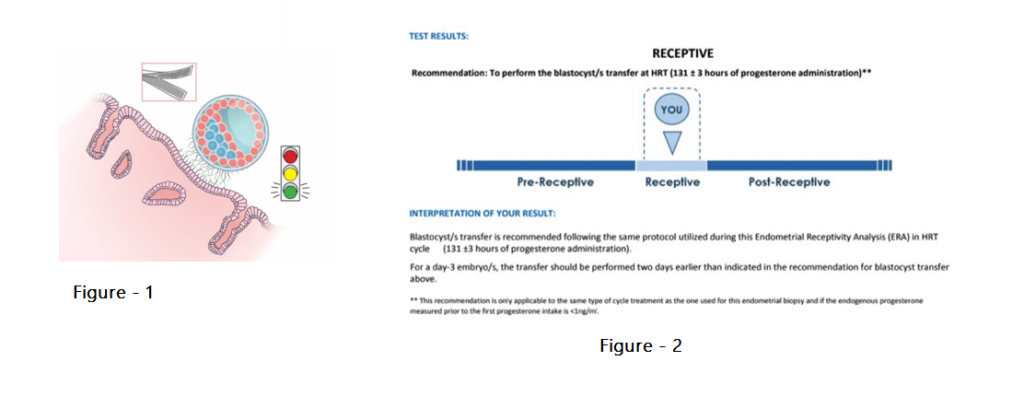ENDOMETRIAL RECEPTIVEE ARRAY TEST (ERA TEST)

ENDOMETRIAL RECEPTIVEE ARRAY TEST (ERA TEST) Basavaraj Devarashetty January 3, 2024 fertility What is endometrial receptivity? The endometrium is the lining the interior of the uterus where the embryo implants and resides during pregnancy. The endometrium is receptive when it is ready for embryo implantation. What is window of implantation (WOI)? The endometrium is receptive […]
